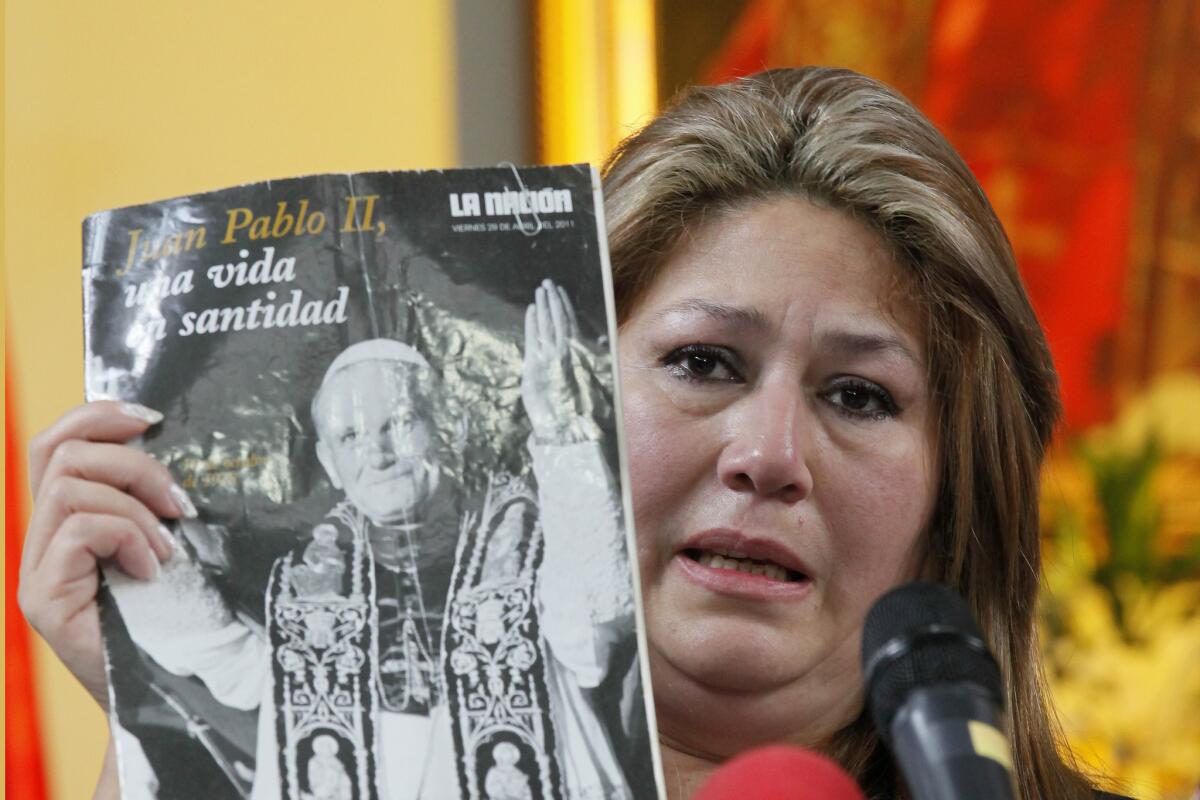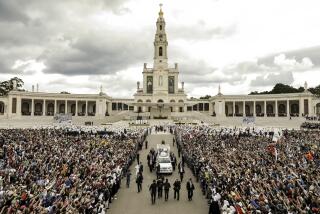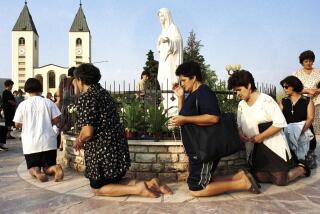Pope John Paul II and the trouble with miracles

No testimony is sufficient to establish a miracle, unless the testimony be of such a kind that its falsehood would be more miraculous than the fact which it endeavors to establish.
—David Hume
Last week the Vatican announced that a meeting of cardinals and bishops had ruled that the late Pope John Paul II was responsible for a second miracle, and thus the way was cleared for sainthood.
The Congregation for the Causes of Saints decided he had cured a woman from Costa Rica in 2011 after a panel of doctors apparently ruled that her recovery was otherwise inexplicable.
There’s the rub, of course. There are many medical results we do not understand. Spontaneous remission of cancer, for example, occurs in a reliable but small fraction of the population; no immediate explanation can be presented on a case-by-case. basis.
Attributing that lack of understanding to the intercession of a dead pope is a huge step, and it illustrates a fundamental difference between “evidence” in religion and “evidence” in science.
The physicist Richard Feynman pointed out that in science, when we have an idea, we try to prove it wrong as well as right. This is an essential feature of scientific skepticism that helps us avoid the trap of interpreting accidental coincidences as significant results.
In every experiment, anomalies occur. We accept such randomness in science and test to see if any purported exciting new result is statistically significant before we then begin to examine it more carefully to see if we might be misinterpreting something mundane as something exciting.
If, on the other hand, one seeks out “testimony miracles,” there is a good chance one will find them. This is because one is making a presumption that miracles occur. More fundamentally, it ignores the advice of Hume, written long ago, rephrased by Carl Sagan somewhat later in a punchier way as: “Extraordinary claims require extraordinary evidence.”
Another example from Sagan is more to the point here, perhaps. Consider the miraculous apparitions of the Virgin Mary that were purported to have occurred at Lourdes, France, in 1858. Since that time millions of pilgrims have visited Lourdes to bathe in the waters and be cured. The Catholic Church keeps careful records on such claimed cures, and more than 60, including cancer remissions, have been ruled as otherwise inexplicable and thus miraculous.
The problem, however, is that when one examines the spontaneous remission rates in the general population from diseases such as cancer, the rate is actually higher than that reported among the Lourdes pilgrims. (Sagan pointed this out, but others have also compared medical reports and Lourdes reports.) Thus, if you bathe in the Lourdes waters, you apparently have a smaller likelihood of being spontaneously cured than others who have not.
However, if you are one of the faithful and go to Lourdes, and later your disease goes into remission, there is no way I, or anyone else, will be likely to convince you it was just a coincidence.
If that fact makes you feel safer, if it makes you feel that someone is watching out for you, perhaps there is no real harm done. However, when a major institution such as the Catholic Church is willing to attribute otherwise unexplained events to miracles, it strains credulity so much as to encourage skepticism about its other claims.
Ultimately the acceptance of miracles — events where the laws of nature apparently break down — are one example of a “God of the Gaps” argument that ultimately ends up building tensions between science and religion. If inexplicable events are used as evidence for God, what happens when later science comes along and provides a natural explanation? When the gap goes away, where is the room left for God?
Physicist Lawrence Krauss is director of the Origins Project at Arizona State University. His latest book is “A Universe from Nothing.”
More to Read
A cure for the common opinion
Get thought-provoking perspectives with our weekly newsletter.
You may occasionally receive promotional content from the Los Angeles Times.










